Talk Overview
This lecture discusses the many aspects of light. Light can be described as rays, waves, or particles. Various aspects of all three of these descriptions are presented, such as ray tracing, wavelength, frequency, refraction, dispersion, diffraction, interference, the photoelectric effect and photons as the quantized energy of light.
Speaker Bio
Bo Huang
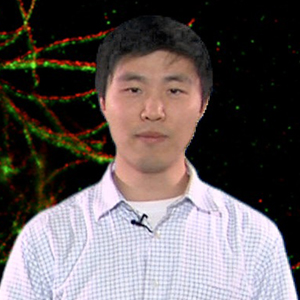
Dr. Huang’s research focuses on using super-resolution microscopy and single-molecule imaging to understand how proteins form large complexes and how proteins interact to regulate signaling. Huang is an Assistant Professor in Pharmaceutical Chemistry and in Biochemistry and Biophysics at UC San Francisco. Continue Reading
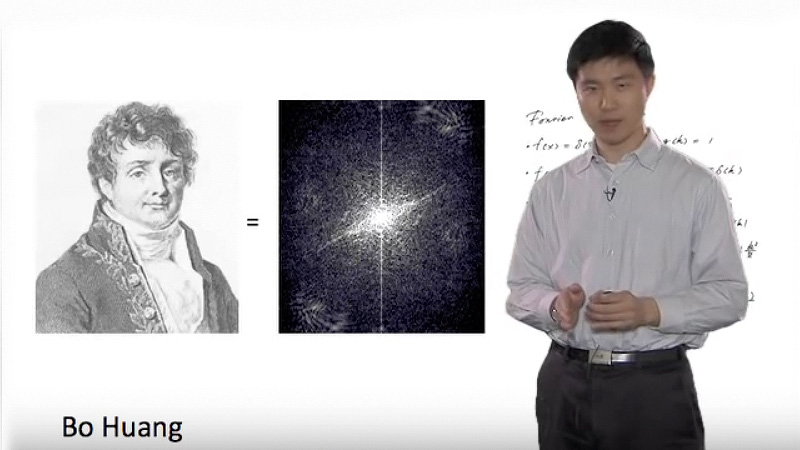
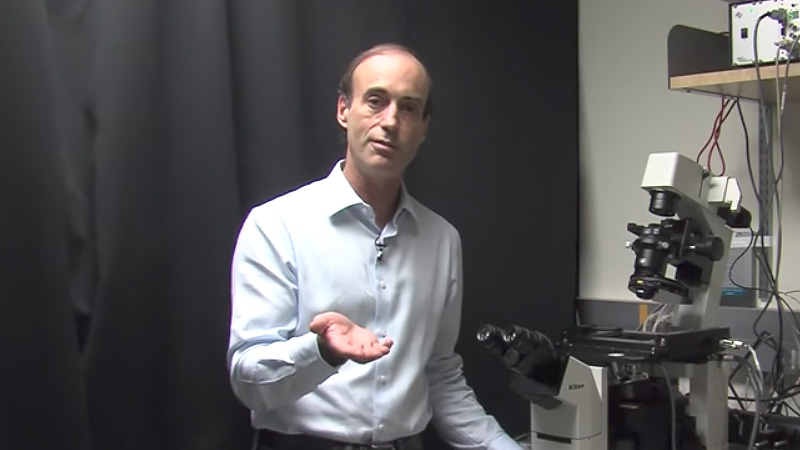
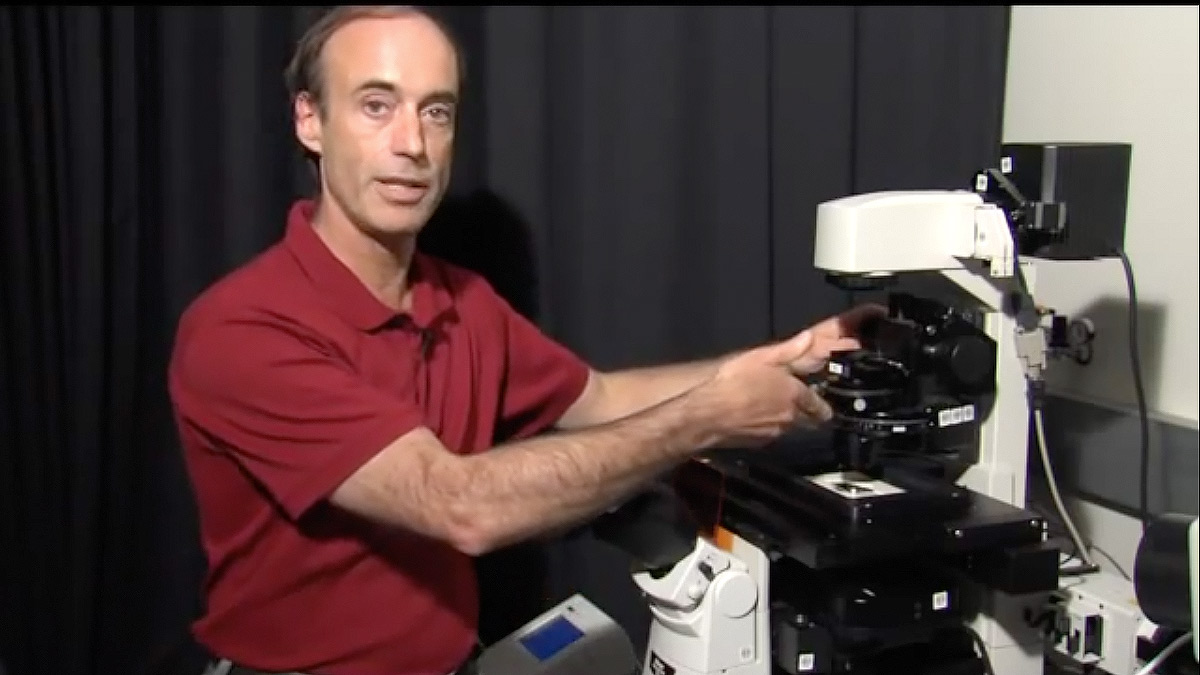
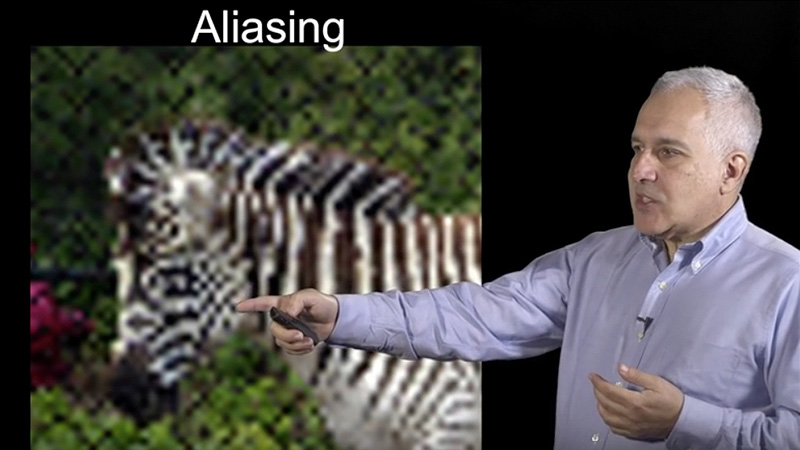





Greg says
I’m asking a question, and due to my lack of education is purely hypothetical and perhaps silly,, is it possible that the source of energy that makes light is equal and opposite to the darks energy source and therefore as the source weakens the pressure of its opposite pushes back to where balance is.. which maybe the prism planes that make up a photon that shows either more edges of the spinning planes that is flipping faster or slower depending on vacuum from spinning planes or magnetism or weight of energy source.. I’m wondering if it is a spinning plane of light and dark that hypothetically has an edge ( the edge that gets bigger as it slows either making it darker or lighter) if this edge could be tapered would that increase the speed of light?
Dave says
Dr. Huang has made a valiant effort to try to explain a wide range of optical phenomenon in a concise lecture. I was anxiously awaiting the punchline for the “how to resolve the wave vs. photon” issue and was left as underwhelmed as every other explanation I have read. The “wave-particle duality” we are left with seems on its face to be magical hand waving. Thankfully, he did not even try to bring quantum entanglement into the discussion. In Biology, when we have two hypotheses, and neither one can explain the full range of observations, we say we don’t fully understand the phenomenon and look for a new hypothesis. Somehow, in physics, it is OK to ignore the problems and say you understand light, and not even call the explanation a hypothesis. A parallel issue to the interference and photons problem that is generally ignored is, what happens to the energy in destructive interference and how do you reconcile that with photons?